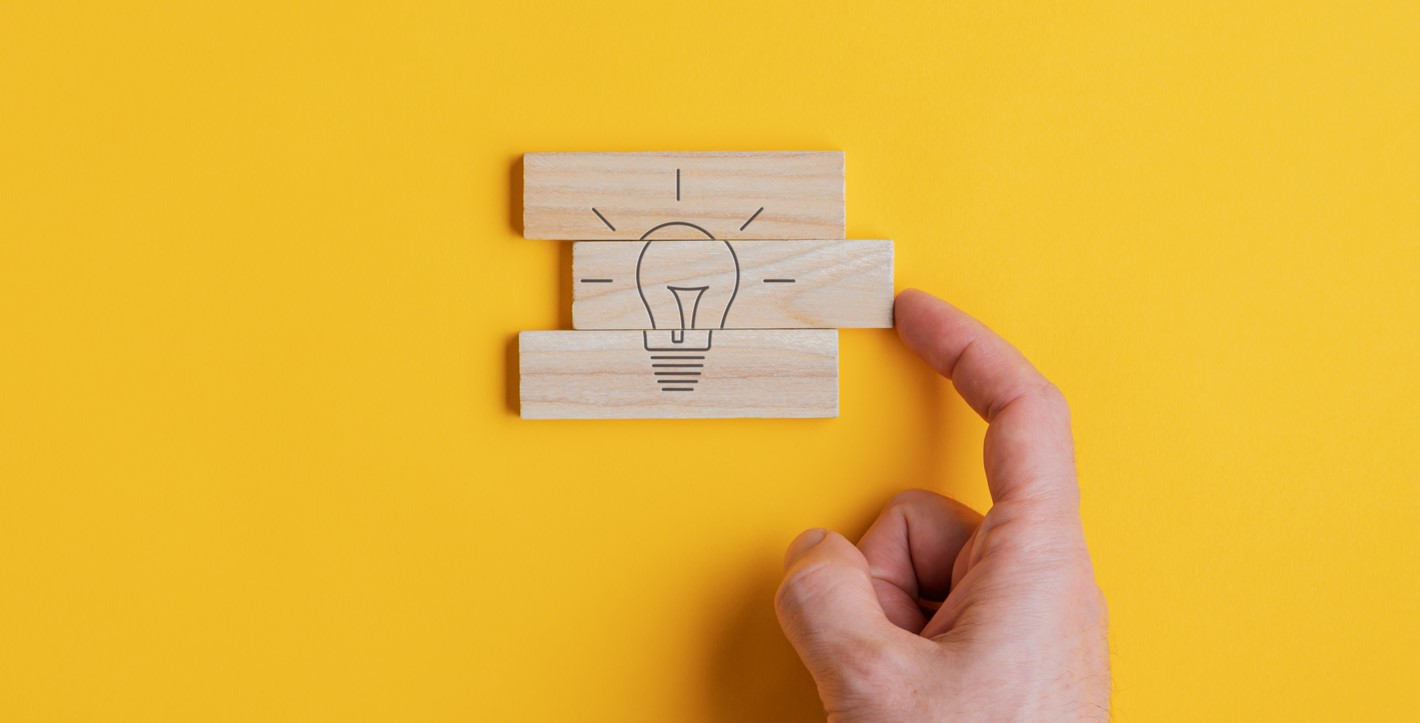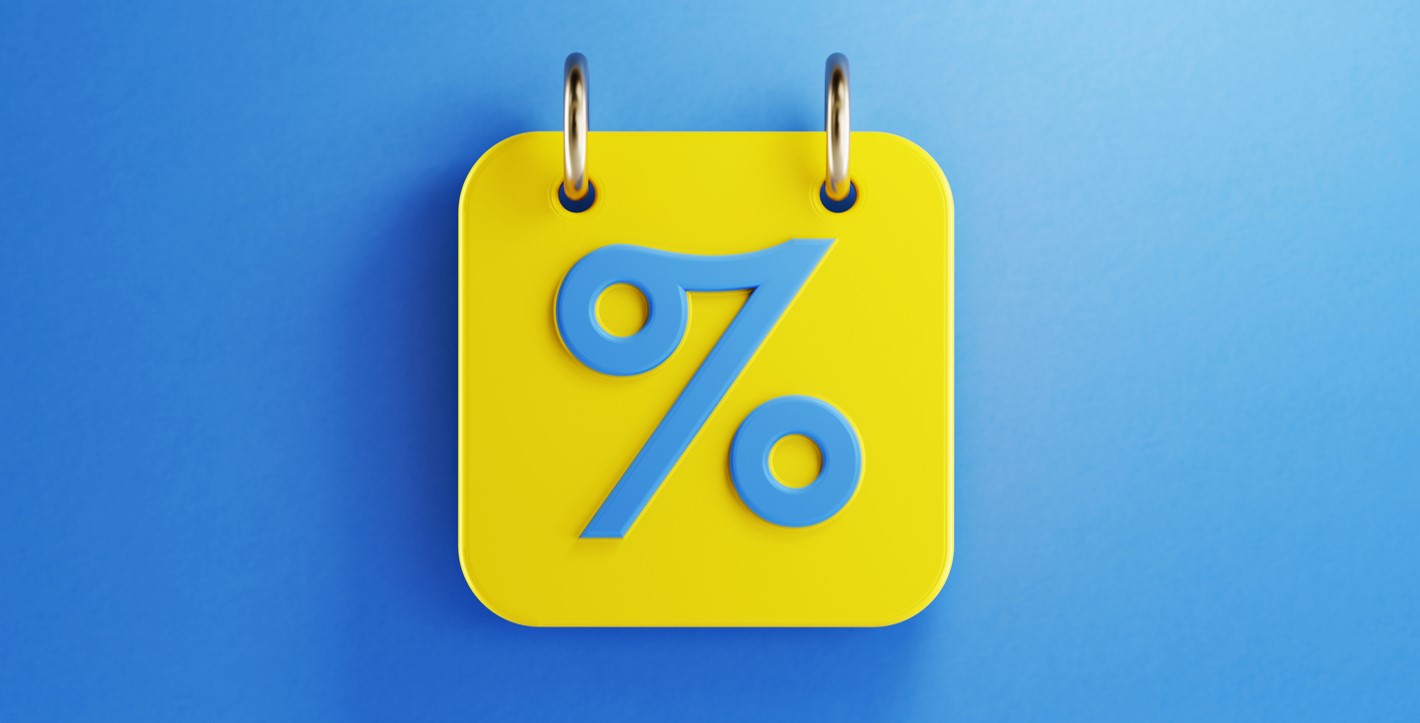Emergency Fund: Why Everyone Needs a Cash Reserve
March 10, 2023
Share this article
What we’ll cover:
- Everyone should have an emergency fund – a cash reserve that can help provide a critical safety net whenever life takes an unexpected turn.
- The size of your emergency fund depends on your personal situation, but many financial experts recommend having enough to cover three to six months of living expenses.
- Keeping your emergency fund in a separate savings account can help you better track your progress towards your savings goal.
Financial emergencies can happen to anyone. After all, you can’t really anticipate or plan for everything that life might throw your way.
Whether it’s a surprise medical bill or urgent car repairs, maintaining a healthy emergency cash reserve can help you cover unexpected expenses that might otherwise put a dent in your finances or get in the way of you reaching your financial goals.
How much money should you have in an emergency fund?
The size of your cash reserve depends on your financial situation (e.g., budget, employment, family size, etc.).
Many financial experts generally recommend having enough to cover at least three to six months of living expenses. But in times of economic uncertainty, you may want to save more if you can.
Figuring out how much you need in an emergency fund starts with understanding how much you spend on living expenses. Think about your rent or mortgage, loan payments, average utilities, average grocery bills, and any other essential expenses each month.
You’ll also want to think about your job — in particular, how you earn income. Someone who is self-employed or works on commission may need to consider building an emergency fund that can cover more than six months of living expenses in case work slows down for a while.
On the other hand, someone who is in a stable job with professional skills that are in high demand (in other words, can easily find another job) may not necessarily have to save more than six months of expenses, especially if their income is more predictable and they have a greater sense of job security.
Whether you need a larger or smaller cash reserve, building an emergency fund can be accomplished through patience, discipline and consistency.

Figuring out how much you need in an emergency fund starts with understanding how much you spend on essential living expenses.

How do you build an emergency fund?
If you’re just starting out, know that every little bit helps when you're trying to reach any kind of savings goal.
To start, see if there’s any wiggle room in your budget. If you need help identifying areas in your budget to trim, consider getting an assist from a budgeting app to analyze your spending.
Are there discretionary expenses that you could cut back or eliminate? Some apps can help you cancel unwanted subscription accounts. Any extra money you’re able to save can be reallocated toward your emergency fund.
Other ways you could prioritize your emergency fund goals include:
- Scheduling automatic transfers to your savings account every time you get paid.
- Saving your tax refund or bonuses from work.
Where should you put your emergency fund?
It’s a good idea to keep it separate from your regular savings or checking accounts because you don't want to mix up your day-to-day money with the funds you’re setting aside for emergencies. Having a dedicated savings account for your emergency fund can also help you easily track your progress towards your savings goal.
Keeping your emergency fund in a high-yield savings account can be a great option, as you would be able to earn interest and still have access to your money when you need it.
You may also want to look into a no-penalty CD (NPCD) account where you could earn a competitive rate and have the flexibility to withdraw your funds without an early withdrawal penalty. Just remember that with NPCDs, once you open an account and make a deposit, you can’t continuously add money to it.
When should you use your emergency fund?
Keep in mind that an emergency fund is really intended for unexpected expenses. So here’s the question you must ask yourself before tapping into your cash reserve: Is this a real emergency?
Everyone’s definition of an emergency can vary. This is why you might want to consider setting up some ground rules for when you’re allowed to access your funds.
Generally speaking, if you’re in a situation that requires you to act immediately, it’s probably an emergency. An urgent medical procedure, car repairs or job loss are just a few examples.
Avoid using your emergency fund for predictable events or recurring payments because these should already be a part of your budget – you shouldn’t have to dip into your emergency fund to cover them.
Parting thoughts
Building a strong emergency fund takes time and patience. But you’ll be surprised at how much you can save over time by taking small, manageable steps today. You got this!

Saving for the future starts today. See how Marcus can help.
This article is for informational purposes only and is not a substitute for individualized professional advice. Articles on this website were commissioned and approved by Marcus by Goldman Sachs®, but may not reflect the institutional opinions of The Goldman Sachs Group, Inc., Goldman Sachs Bank USA, Goldman Sachs & Co. LLC or any of their affiliates, subsidiaries or divisions.
Related Content
Connect with us on social media
Join our Marcus social media community, where we share content and inspiration to help improve your financial health. See you there!

 4 min read
4 min read

